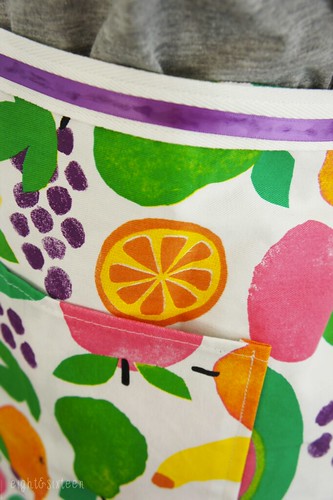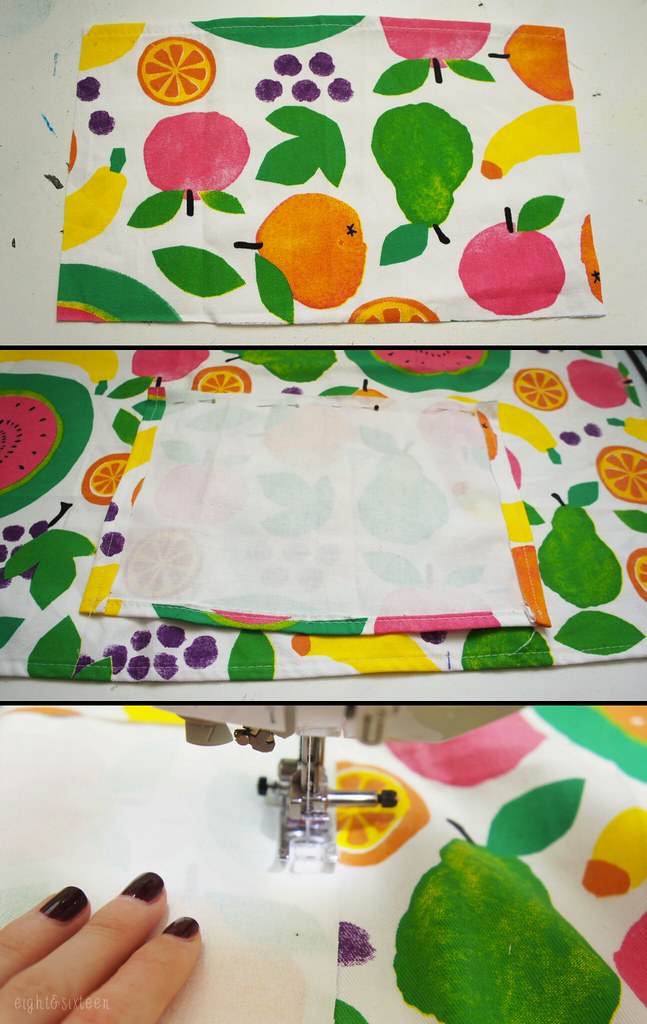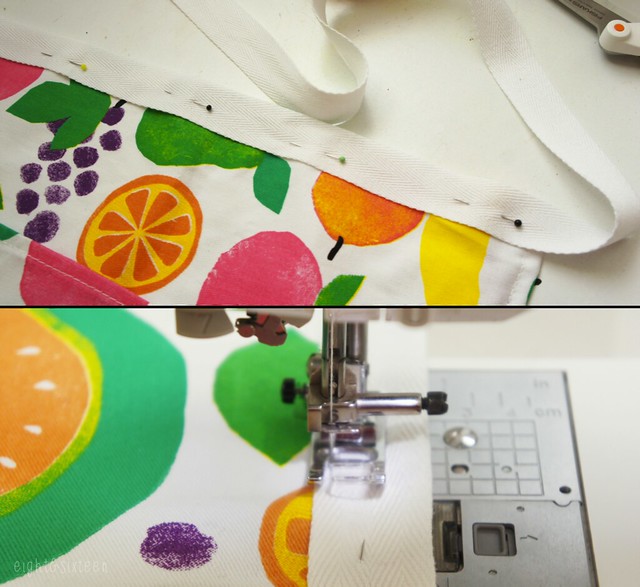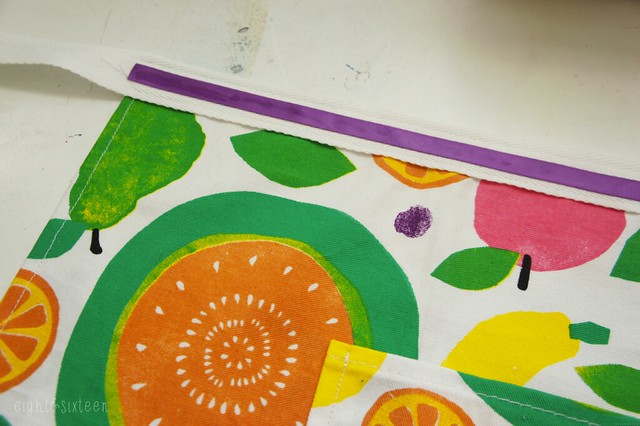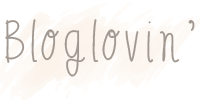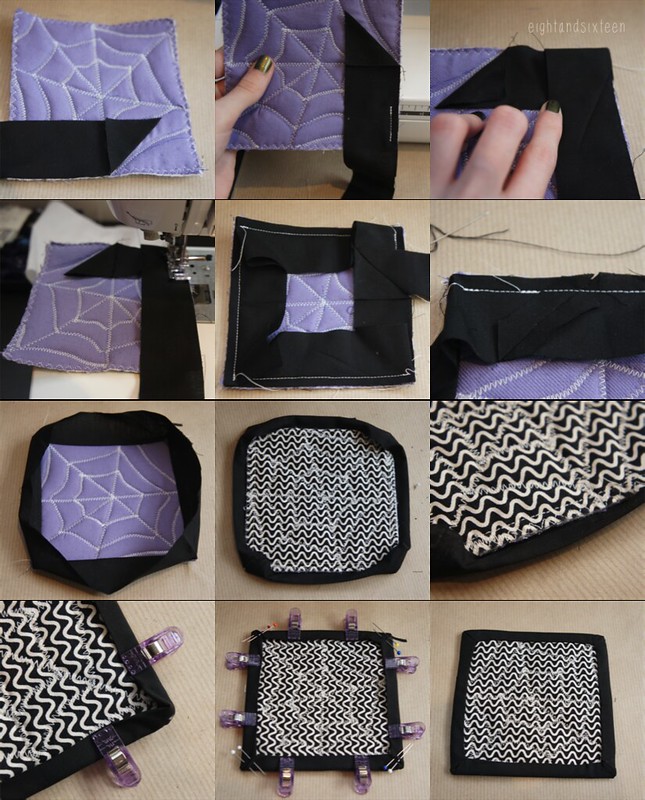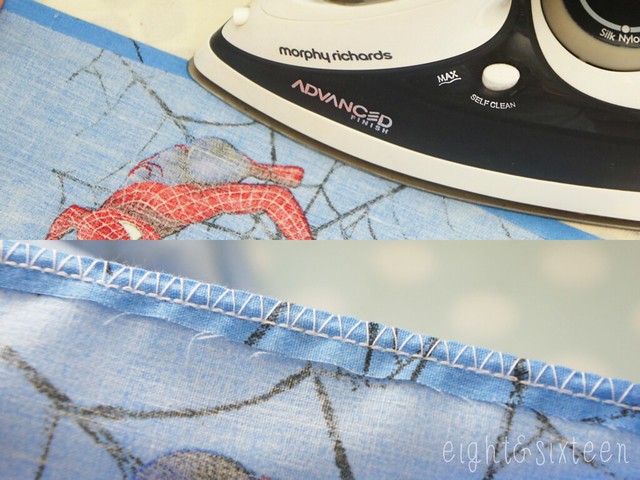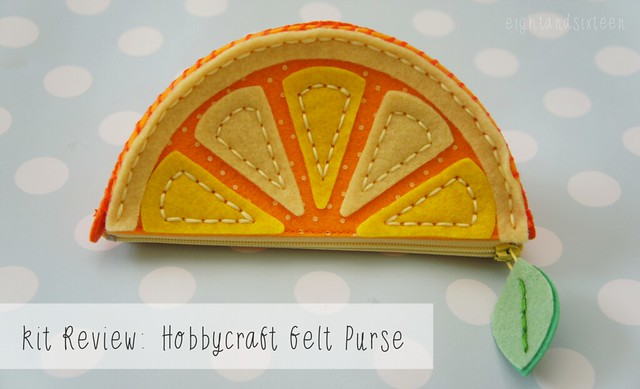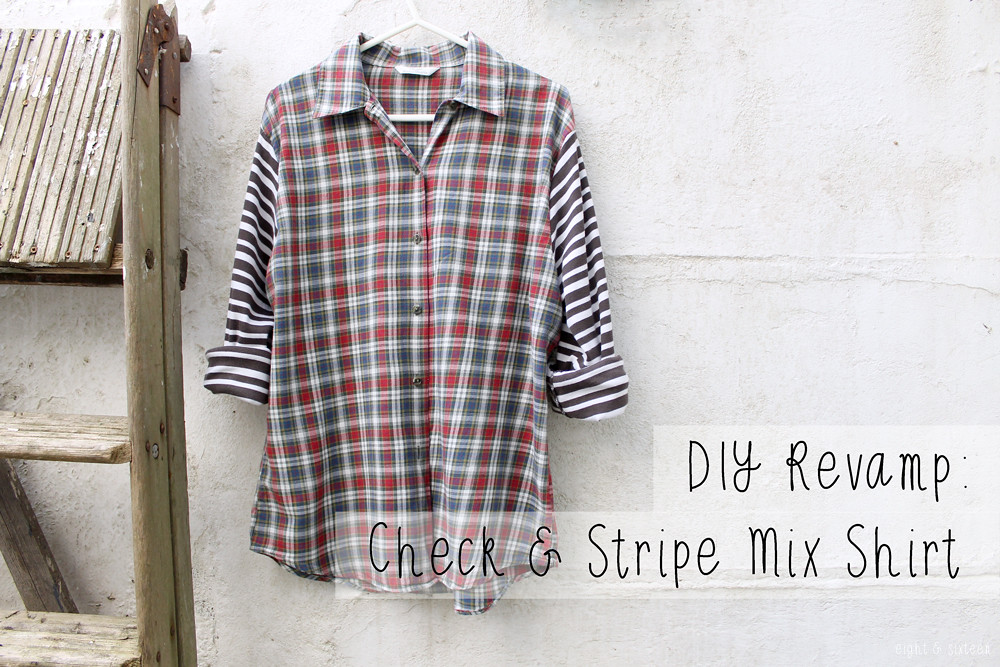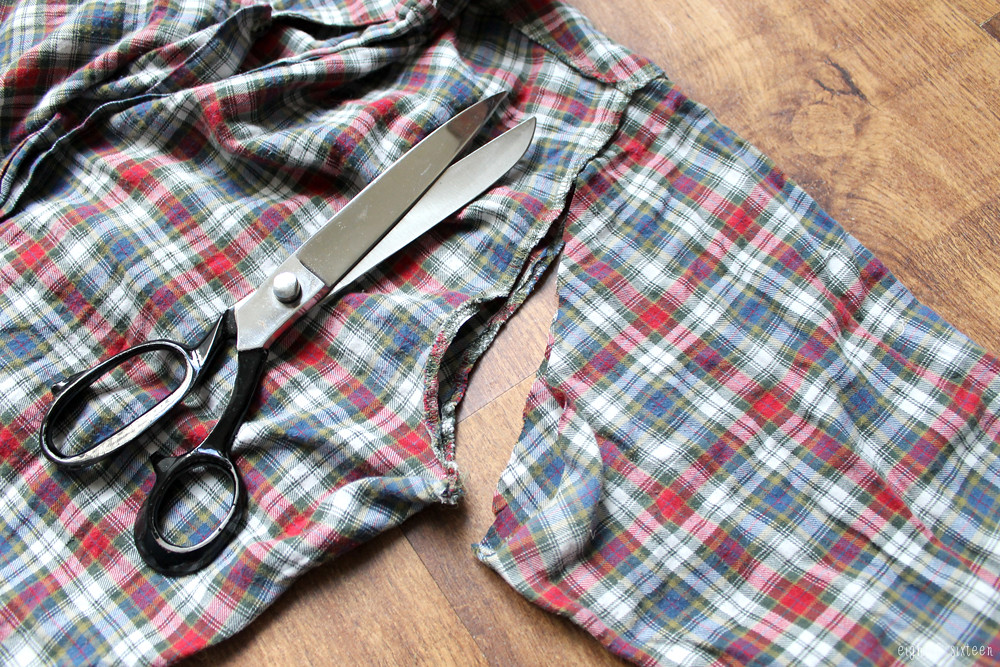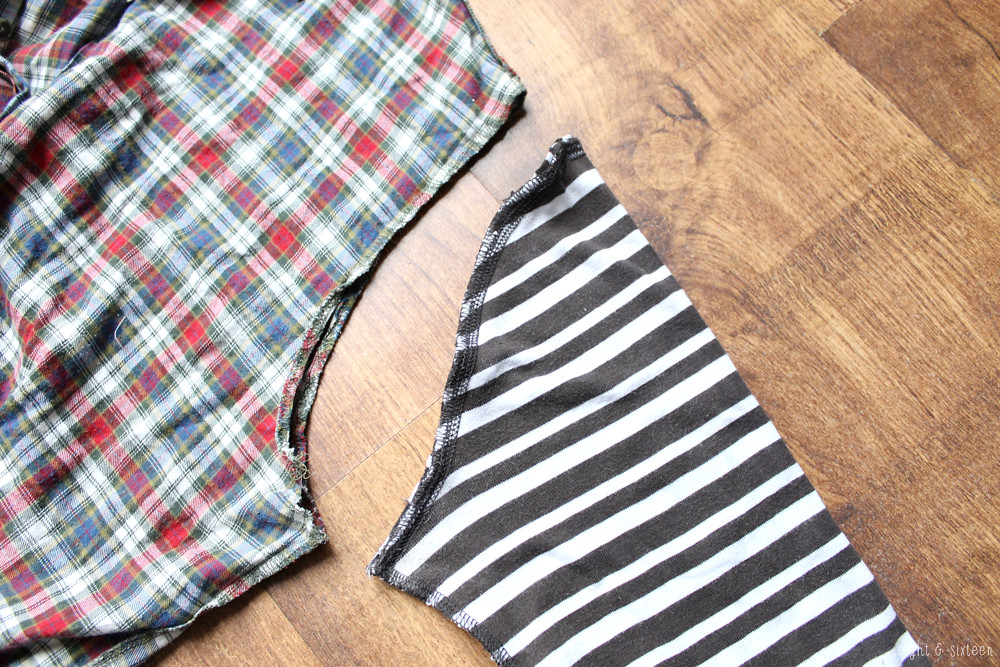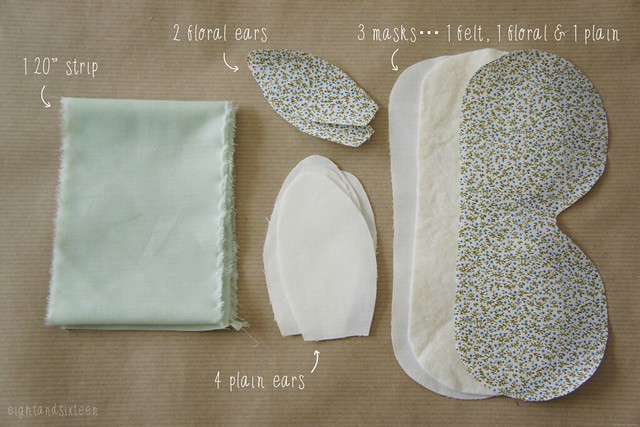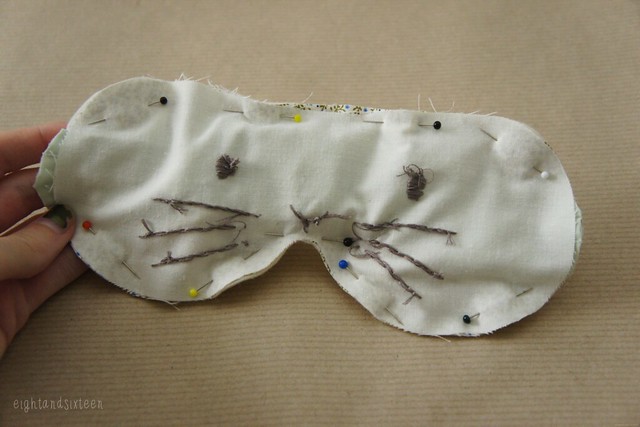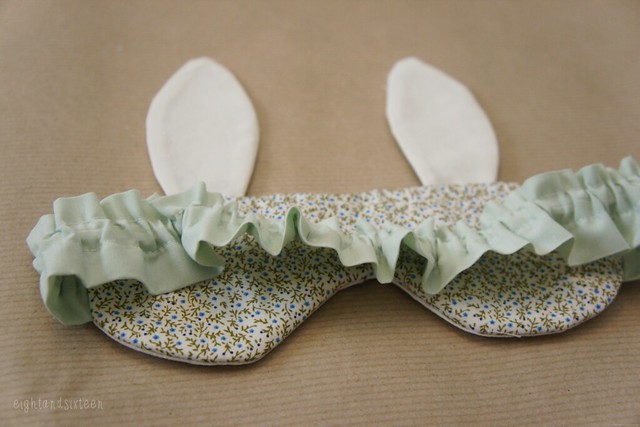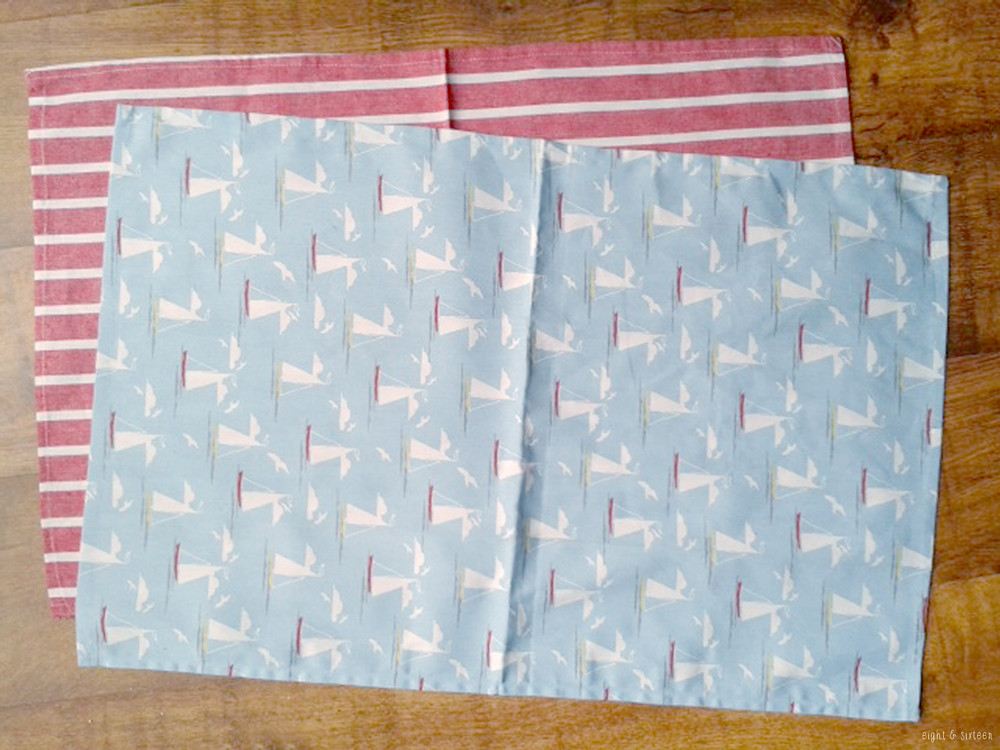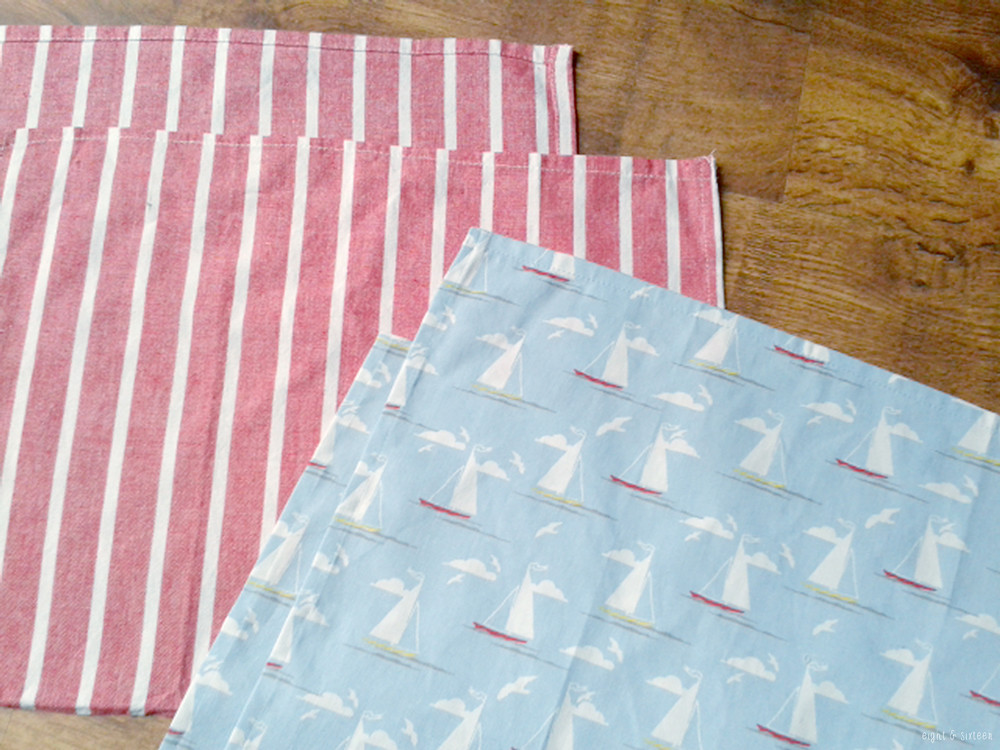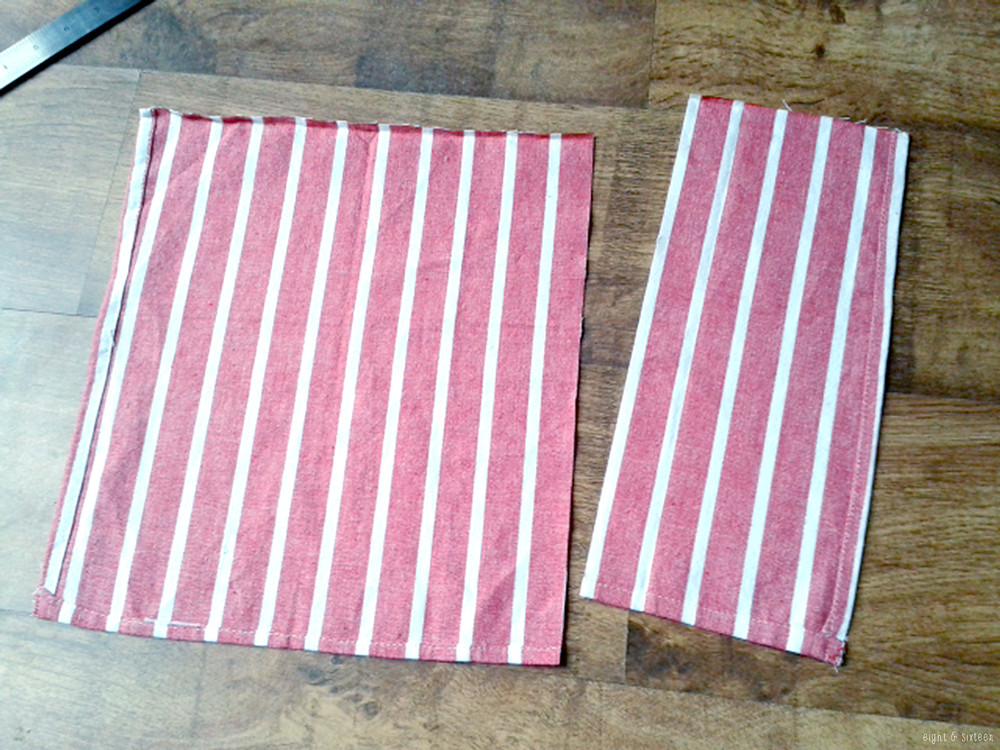
Yesterday we introduced our second 'We Love' topic;
Harry Potter! Today's tutorial is the first of several
Harry Potter inspired projects we'll be sharing over the next few weeks - a cute but geeky phone pouch! Just read the steps below to find out how you can make your own version :)
Before you get started here's a couple of things to keep in mind...
- The size of the finished pouch using the measurements below is approx. 7 x 3.5" and will fit a Samsung Galaxy S3 or similar sized phone. Make sure you adjust the measurements before you start if you want to make the pouch fit a different phone model or other gadget
- For this tutorial I'm going to share how to make a simple fold-over style envelope. If you would like a more classic envelope shape you can follow the same method but use a paper envelope as a template, and hand-stitch together at the end!
You will need: a plain light coloured fabric, a patterned fabric for lining, lightweight iron-on interfacing, a fabric paint pen, a sewing machine, a ruler & rotary cutter/scissors, an iron, an erasable fabric pen, a popper fastening (or alternative), a glue gun
 Cutting The Fabrics
Cutting The Fabrics
1. Cut three pieces of fabric all measuring 11 x 7 - one from the plain fabric, one from the patterned and one from the interfacing
2. Use your ruler to measure halfway across the top of the plain fabric and mark with your erasable pen. Make two more marks, one on each edge, 3" down from the top. Join these up with your erasable pen so that you have a triangle shape and cut away the excess fabric. Repeat for the interfacing and lining fabrics so the pieces look like the photo above
3. Iron your piece of interfacing onto the plain fabric (as per the instructions) and set aside the patterned lining fabric
 Adding The Address
Adding The Address
4. Take your erasable pen and draw a line across the front of the plain fabric where you previously drew the markers for creating the triangle. Take your pen and draw another line across the fabric 4" underneath the first line - the space left in between the two is where the writing will go
5. Still using your erasable pen mark out lines where each line of the address should go so that you have a guideline to follow. You'll be using a fabric pen to write the address so you don't want to make any mistakes or find that the writing doesn't fit in!
For guidance the top line of writing on my pouch measures around 4" long and the last line 1.5" long
6. Swap your erasable pen for the fabric marker (I used a Fine nib Fabric Paint pen by Dylon) and add on the famous address. I chose to write it out in a similar font to the one from the films but it's up to you what style you want to write in. Set the address in place with your iron, following the instructions provided on the fabric paint pen packaging as brands may vary
 Sewing The Pouch
Sewing The Pouch
7. Place your plain and patterned lining fabrics right sides together and pin in place
8. Use your sewing machine to stitch all the way around the edge with a 5mm seam allowance - don't forget to leave a small gap on one edge for turning the fabrics back the right way!
9. Trim off any corners and turn your fabrics back the right way. Press the envelope out with your iron and close up the gap. You can stitch up the gap by hand if you like but I took a short cut and used a small strip of hemming web to fuse it together
10. Fold up the bottom half of the fabric to create the pouch pocket and iron, then pin into place ready for sewing
11. Start at one of the bottom corners and stitch all the way around the pouch, round the edge of the triangle shape, to the opposite bottom corner using a 5mm seam allowance - don't forget to backstitch a little at each end to secure it
 Adding The Fastening 'Seal'
Adding The Fastening 'Seal'
12. Add on your popper fastening as shown in the instruction leaflet - alternatively you could use a small piece of velcro
13. To create the faux Hogwarts seal cut an uneven 'wax blob' shape from a piece of dark red felt and handstitch or draw on the crest design (I used a fine nib permanant marker)
14. Use a glue gun or handstitch the felt onto the popper and your envelope pouch is finished!

We'd love to hear from you if you try out this DIY project - use the hashtag
#eightandsixteen to share your photos with us!
Don't forget to check back next week for another
Harry Potter inspired project!
Erin

